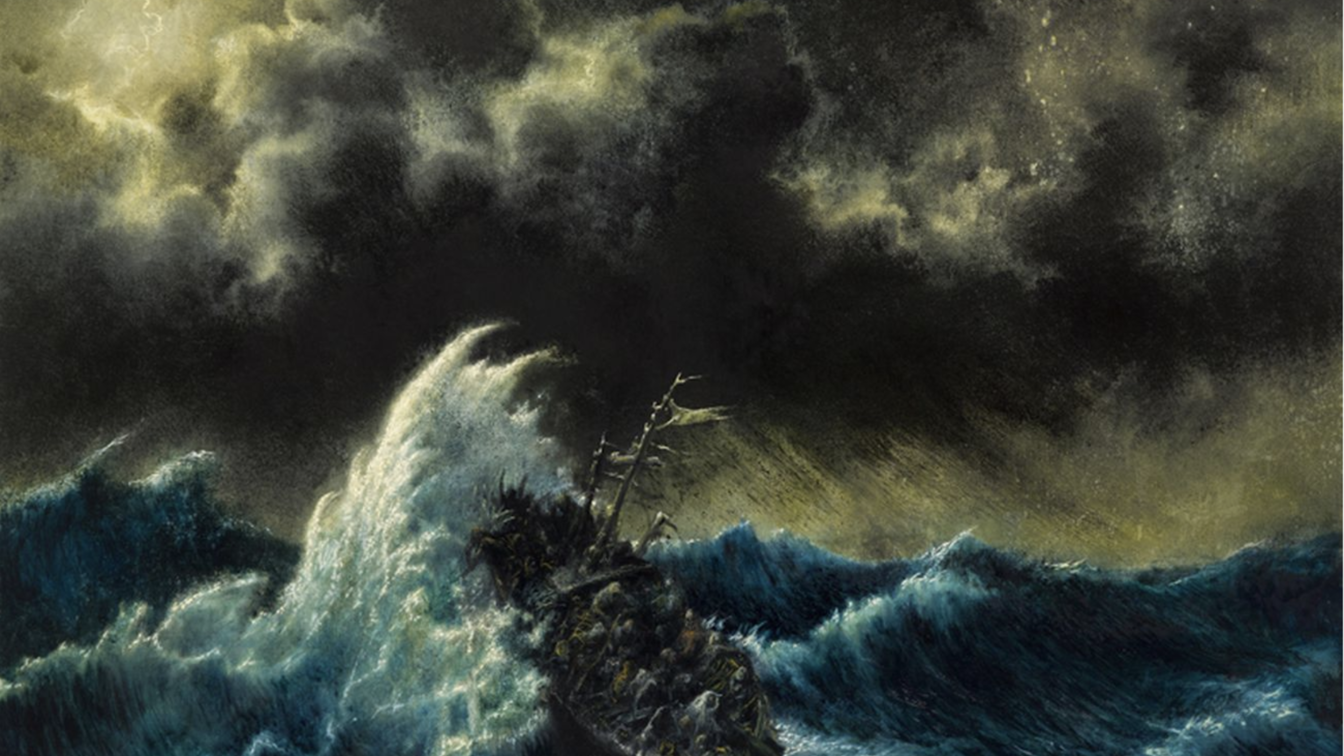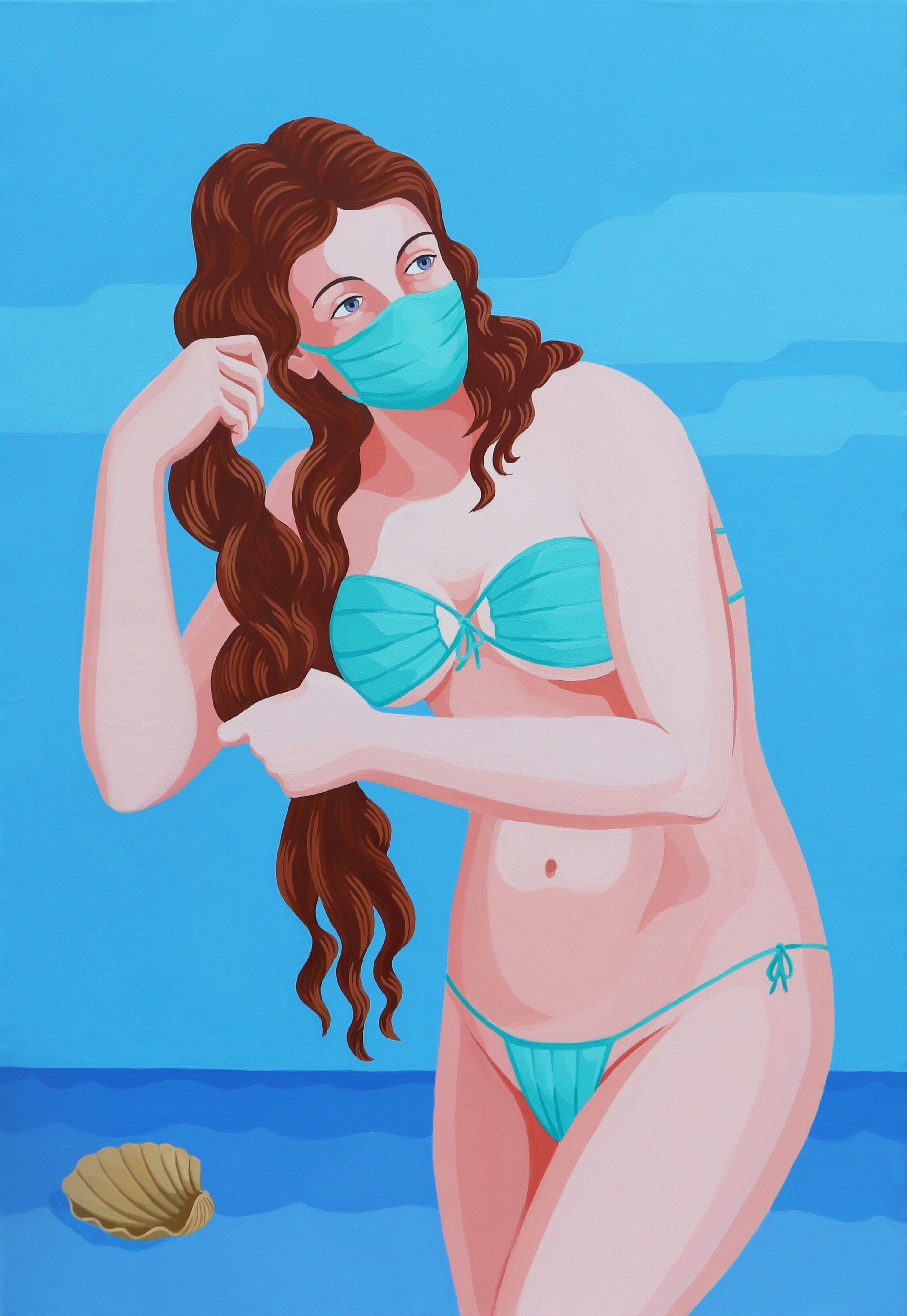

“Magnificent and fragile: the Mediterranean.” This is the title of the exhibition running until April 16 at the Civic Aquarium in Milan, which presents the works of 20 artists: painters, sculptors, photographers and performers, selected for their sensitivity both to the eternal and ancient beauty and to the current complexity of Mare Nostrum.
“It is an exhibition of strong social alarm, certainly not decorative, nor reassuring,” warns curator Aldo Premoli, talking with Mag. “The Mediterranean is fascinating. The great civilizations of history have flourished here, but today, uncontrolled migration from Africa has made it has become one of the most dangerous places in the world, where the greatest number of people die, victims of trafficking and drowning. The problem is momentous, historic, no one knows how to solve it.”
Unfortunately, it is not the only problem. The environmental crisis caused by pollution and the rising temperature of sea water, the increased presence of cargo of all kinds as a result of the doubling of the Suez Canal and, finally, the presence of military ships that travel through the Strait of Gibraltar and sail the full length of the Mediterranean Sea to reach the Black Sea, endangering this precious cultural and historical maritime ecosystem.

“What I am aiming for with the exhibition,” Premoli opens his arms, “is to raise awareness of what is happening in our sea at home. Therefore, I created a tour of artists of value. Many of them teach in academies and high schools and are familiar with the problems described above. Contemporary art, in my opinion, is not about a beautiful painting hanging on the wall of whoever can afford to buy it. It must be a reflection that the artist brings to their own and everyone's attention.”
There are many themes traced and addressed in this collective: from the sea as a tragic experience for those seeking escape from their country, to the sea as a container of sweet memories of our childhood when we spent long summers on the beach, and finally to the sea as the custodian of ancient myths that remain unchanged in their truth.
The sea as a tragic experience for those seeking escape from their country
The curator only mentions a few artists, of course, among the many featured. One of these is Fulvio Di Piazza: “His work, entitled Landing, depicts a sailing ship that looks like a stranded shark, an image that harks back to the masterpieces of the Dutch master Hieronymus Bosch.” Another is Francesco Bellina, “an extraordinary reporter who works for the biggest international agencies and takes stunning black and white photos,” and Giovanni Iudice, from Gela, who rose to international fame for his works on migrants. Some of the works in the exhibition were lent by collectors, others were created for the occasion. “I just come up with a concept to work on, but because the artists are so much better than me, they always manage to come up with something surprising that I could never have imagined.”
The exhibition is free and is part of Milan Art Week, coordinated by the Department of Culture in collaboration with Miart. The choice of the Civic Aquarium is not random. “I only do exhibitions for civic museums,” the curator explains, “as they target the local community and students rather than tourists. This is the audience that I am interested in. Working with young people is a source of great satisfaction: from my experience, I find that they are very smart. If they are offered the right support from their teachers, they understand things with surprising speed, much more so than adults, whose views are often filtered by ideologies. Also, young people are used to looking more than reading, so it is easy to communicate with them through images.”
Visiting this exhibition can undoubtedly be an interesting experience. If only because the sea, which has always been one of life's teachers, exerts an austere and unchanging fascination on people.